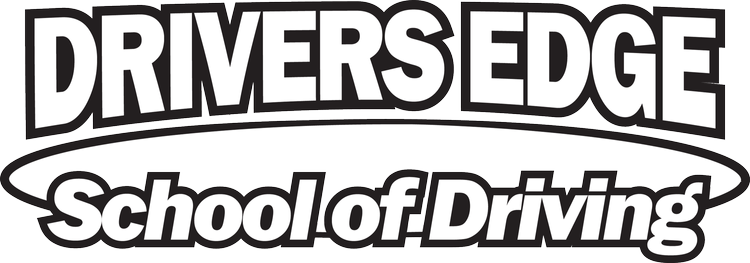“Potholes”
There is a common road hazard that riddles the roadways. It is unpreventable. It is often complained about in the midwestern states. A pizza company offered to fill some of them as a promotional. The hazard I am talking about is the pothole. In this blog, we will look at how potholes form and how to navigate them.
Potholes are bowl-shaped depressions in the pavement surface. Potholes form from two factors being present at the same time water and traffic. Water weakens the soil beneath the pavement while traffic applies the loads that stress the pavement past the breaking point. Potholes form progressively from fatigue of the road surface which can lead to a precursor failure pattern known as crocodile or alligator cracking. Chunks of pavement between the fatigue cracks gradually work loose to create a pothole. In areas subject to freezing and thawing like the Midwest, cracks can create openings for water to enter and freeze. When the weather begins to warm in the spring, the thaw of pavements accelerates this process of pothole formation by weakening the ground below the road creating force as the ice expands and holes as it melts.
From 2010 to 2015, potholes caused roughly 15 million dollars in vehicle damages. To prevent damage to your car or yourself, there are some things drivers should do. As the weather begins to warm up, drive cautiously and be on the lookout for potholes. One should be looking ahead and scanning for potential hazards as they drive already, but special attention may need to be paid to potential holes in the road. Since the hazards are on the roadway, having a proper following distance is crucial to be able to see the potholes as they pass under the vehicle in front. Puddles may also indicate potholes, so be cautious of a puddle because it is hard to tell the true depth or size of a puddle.
If possible, avoid running over potholes. Do not swerve into oncoming traffic or other lanes with vehicles in them. Sometimes one must drive over a pothole. When driving over potholes to prevent damages to your vehicle and to prevent loss of control, grip the steering wheel firmly. It is a good idea to slow down and coast as you drive over the pothole. Do not slam on the brakes. Attempt to hit the pothole head-on with the wheels straight. This will allow the suspension to work properly and put less stress on the vehicle.
Potholes are all around us. It is impossible to drive without seeing one. Especially at this time of year. These guidelines will not prevent all vehicle damage, but they will help prevent major damage and keep you safe as you travel to your destination.
Commenter of the Month
Comment below where the worst pothole is for a chance to be our “Commenter of the Month”.
